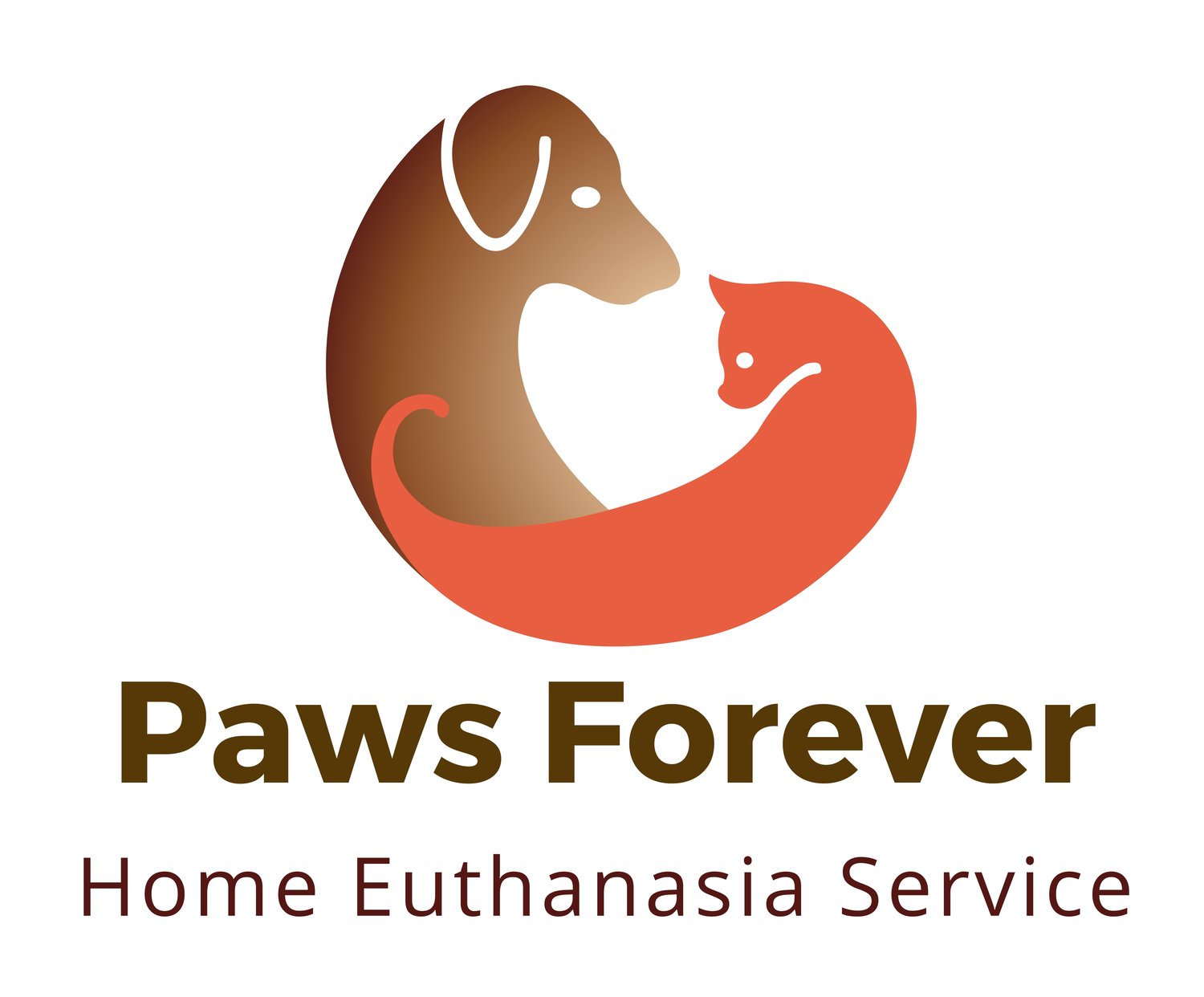Evaluating your Pets Quality of Life
Determining the quality of life for a pet is often used to make end-of-life decisions. It’s important to remember that each pet is an individual, and what constitutes a poor quality of life for one pet (such as lying around all day) may be normal for another. Although a pet’s enjoyment of life depends on a variety of factors, physical symptoms — such as unrelenting pain or extreme difficulty breathing — should weigh heavily in the euthanasia decision. These factors constitute very poor quality of life, regardless of other factors. As hard as it may be to consider end-of-life decisions, it is recommended that you start thinking about these issues early in the process, when your mind may be more clear. Decisions may seem forced or pressured if you wait until there is a crisis.
In order to determine if euthanising your pet is the right choice in your situation, Dr. Alice Villalobos, DVM, developed a Quality of Life Scale — also called the HHHHHMM Scale. This scale will help you be objective during this emotional time and assess your dog on specific quality of life factors that will then let you know if it’s time to let go of your pet.
Click here to download a copy of the Feline Quality of Life Scale
Click here to download a copy of the Canine Quality of Life Scale
For each category, you will rate your pet on a 0 to 10 scale, with 10 being the highest rating and 0 being the lowest rating. It is suggested that you complete the scale assessment three times over three consecutive days to get the most accurate reading.
Please access the forms above, and after you score each category, add up the numbers. If your total score is above 35, then your dog or cat’s quality of life is acceptable. If, however, your score is below 35, you should discuss euthanasia with your veterinarian.
We can also use a survey to assess your pets quality of life, and to help us make end of life decisions.
Click here to access the Pet Quality of Life Survey.
Also remember to always discuss your options with your veterinarian to make sure you are making the right decision, regardless of the quality of life assessments you make at home.


